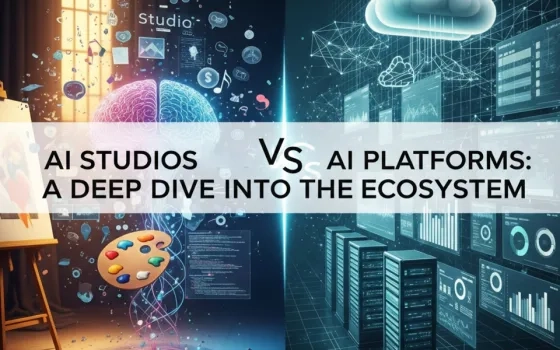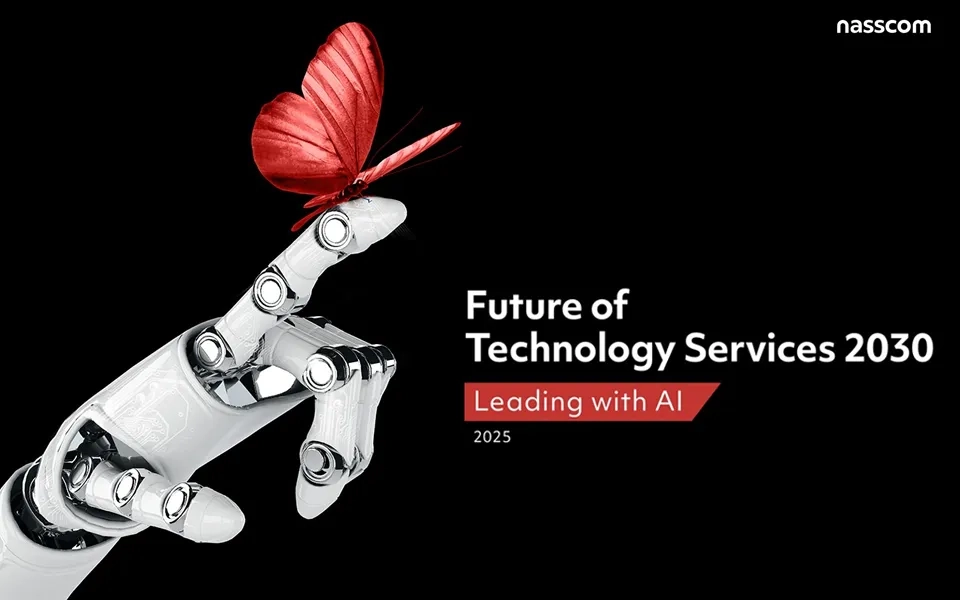Among the most important emerging innovations of our era is the advancement of AI. In fact, the global AI market is projected to expand at a CAGR of 38.1% from 2022 to 2030. Therefore, the role of AI in organizational UX design can’t be overstated.
On the contrary, on the data privacy front, as you work to become GDPR/CCPA compliant, your legal department might advise that you obtain the user’s permission before setting up browser cookies.
Although it can sound alarming, it’s merely the norm of the modern, more visible, and privatized world. No longer does inferred permission imply actual consent.
8 recommended strategies for implementing AI and cookie laws for the greatest UI UX in the B2B space
If you work in the B2B sector, how can you include AI and cookie policies into your UX design? Let’s get started!
1. Understand the meaning of privacy UX
The privacy-driven conceptual model, or privacy UX as it’s usually recognized, is a methodical strategy that delves deeper into building morally and considerate user interfaces inside your business operations – including data gathering and private exchanges with customers.
Customers know their privacy rights and want the companies and labels they interact with digitally to respect those obligations. Untrustworthy cookie consent requests, intrusive push alerts, and third-party monitoring are just a few of the numerous causes of your higher bounce rate.
Identify ways to improve your opt-ins to reduce the negative effects on your business that come from a low-risk tolerance. Customers are more likely to opt in as well as provide their approval to your advertising strategies when they feel trusted.
How can you ensure cookie privacy in UX design?
Below are three considerations you must make while creating a UX that might help clients feel comfortable giving you their personal information.
– Create distinct flows for various identities
One flow can’t meet the wants of numerous personas with such a wide range of differences from one another. Given that internet users represent the most adaptable individuals on the planet, it makes perfect sense.
– Highlight value exchanges
Keep your cookie privacy policy short and emphasize the transaction’s usefulness rather than being overly specific about approvals. The value proposition becomes crucial.
Even today’s modern privacy-conscious users are willing to trade their information with website cookies if they perceive your business as reliable and see a benefit from the transaction. When you want people to opt-in, the messaging must be concise and clear.
– Don’t request permission too soon
Before providing a client with cookie and privacy notices, first gain their trust. A notification on the first page of your site is a huge no-no. Allow a user to browse your website anonymously before requesting their permission. The user’s likelihood to opt-in will increase manifold.
Users often feel stuck when websites only give them the choice of accepting cookie consent and privacy notices. A reject option gives users a sense of true ownership over their privacy.
– Avoid going overboard
Tropes like – we appreciate your privacy – are off-putting to users. Some of the most infamous data miners make these identical claims. Remember that privacy statements aren’t an advertisement. You’re not attempting to sell anything.
2. Use AI to address concerns about privacy
The usage of AI should obviously take regulatory privacy adherence into account – but does this technology genuinely assist in safeguarding consumers’ data privacy and place emphasis on cookie privacy laws?
Yes, certainly. AI can provide your enterprise with beneficial options to reduce the risks associated with data analysis. Patterns generated via AI platforms can be predicted well using big data analytics. For instance, this isn’t limited to the realm of customer-related behaviors.
AI can be employed for research to discover trends in authorization and its administration, irregularities in user accessibility, or data protection – from acquisition to computation and archiving.
In order to verify that identifiers are eliminated from composite sets and that the records can’t be deanonymized, AI might potentially be utilized to routinely and comprehensively conduct anonymization operations on huge datasets.
3. Automate a broad range of tasks
AI bots can perform tasks like image scaling and color correction, greatly boosting the efficiency of designers. For instance, Airbnb revealed a system that recognizes conceptual designs and instantly converts them into code.
Since it’ll take machines at least ten years to learn how to make strategic choices for products, designers will get more space to focus on the tactical aspects of UX design.
Again, your business’s top priority is to reduce the amount of time taken by people to receive the greatest value. Here, automation helps you succeed – but it’s preferable to recognize when to employ automation strategically instead of simply as a bonus feature.
The chores that can be automated and are repetitious are the ideal candidates. This implies that not each task involving customers can be computerized. The use of chatbots is a fantastic illustration of this, as occasionally strange consumer inquiries still call for personal interactions.
Designing UI for webpages is one area where automation excels. Services and products that excite customer curiosity can be directly provided to consumers using their data to increase repeat business and potentially develop a devoted brand base.
Businesses have used automation to simplify activities and create easier work/sales channels to increase job completion rates. Additionally, industry-specific solutions are usually delivered via customized ERP systems through mechanization.
4. Create stunning visuals and images
What defines your brand’s language?
Its modules, graphics, components, and patterns. Several businesses create appealing design frameworks via machine learning for image classification – that web developers can employ to constantly provide a satisfying and engaging customer journey.
The gathering and evaluation of statistics that provide the production team with information about how every user engages with the website’s elements are made possible by the combination of AI and UX.
The standard of the customer experience that a design approach can deliver is closely tied to its capacity to evaluate information and decide what’s really effective versus what isn’t.
5. Develop modular and smart designs
Your designers should maintain system uniformity for the coherence between products and customers in both large-sized businesses and start-up B2B enterprises.
Such systems can examine how humans engage with UI components and which features are most useful when combined with intelligent layers. Website creation tools have started to leverage AI to assist users in making certain basic design choices.
6. Create a bespoke customer experience
This implies that your product provides customers with a more tailored experience depending on your user’s information that has been gathered, including the customers’ origins, the devices they employ, and so on.
The fact that they could use all of that information to locate what they actually need would increase conversion rates. Consumers find it simpler to browse and discover more about your website or app when the user interface is straightforward.
AI employs historical data analysis to anticipate a person’s next action or query and provide key information. Your firm can now prioritize customers’ requests thanks to advances in AI.
The strategies for removing ads from view advanced at the same time when advertising dominated a significant portion of the web. This makes it more challenging than before for firms to communicate their marketing content to their target market.
It’s preferable to deploy AI to comprehend specific customers and promote exclusively to them because you have significantly fewer chances to wow people and stay out of rivalry from firms like yours.
7. Gather smart data
For data technologists and statisticians who can develop consumer profiles from user interactions on portals, intelligence from social networks is essential. It then allows you to narrow down your user base to those who’ll most likely profit from your offerings.
eCommerce sites with a broad range of goods could gain a lot from AI. ML frameworks can be programmed to suggest comparable goods, add-ons, or deals as buyers look for specific products.
Both predictive text and autocorrection are inventions that came about as a result of a UX requirement to increase user-effective communication. This model has been trained to take a sample of the inputs and offer words or phrases to help consumers finish their statements.
8. Implement chatbot exchanges
The use of AI for chatbot management isn’t really unique to the B2B segment. Chatbots have advanced significantly from their early days of providing answers to a limited set of inquiries.
Chatbots are increasingly prevalent in the majority of business-facing enterprises, with simulations that are as near to real-life exchanges as possible.
The main benefit of bots is their round-the-clock accessibility. It’s imperative to emphasize this because doing so enables companies to operate globally while providing prompt customer service.
A chatbot that can adapt to both textual and vocal feedback can best fulfill its purpose. When used with an AI model that learns constantly, chatbot discussions can match those of real-world interactions.
Bots are flexible because they may assist clients to make better choices or even more quickly resolving customer issues by learning from historical and current data.
Create a safe, seamless, and optimized UX with AI and safe cookie policies
Experiences that are moral and thoughtful add to your business’s value and promote expansion. Among the main factors influencing a consumer’s purchase or opt-in choice is UX.
The importance of consumers’ private information will continually rise as a result of evolving data confidentiality laws. Concentrate your efforts as a company on creating personalized experiences that promote confidence and credibility among both your current and potential clients.
Future UX applications of AI that address design concerns will become much more creative. Despite its freshness, AI has begun to increase the productivity of designers. This happens because it can complete mundane activities without human assistance, leaving more time for creativity.


















